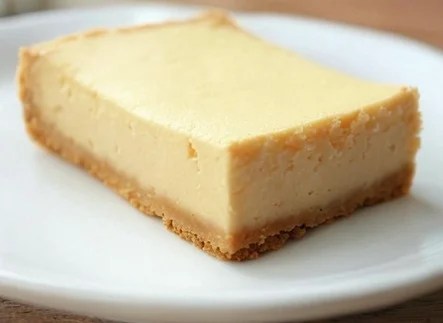ELEVATE YOUR KITCHEN
Delicious cannabis-infused recipes for every occasion
-

Cannabis-Infused Honey Lavender Cheesecake Bars: A Gourmet Edible Recipe
-

Cannabis Cocktails: How to Infuse Spirits with Weed
-

How to Make Cannabis Oil for Cooking: Guide for Infusion
-

The Best Cannabis Infusers for Easy Edible Making: A High-Tech Guide
-

Simple and Quick Cannabis Recipes for Busy Days
-

How to Decarb Cannabis Without Smell: Odor-Free Methods Perfect for Apartments
-

Cannabis Infused Smoothie Recipes for Energy and Relaxation
Difference between THC & CBD in cooking?
THC is psychoactive and produces the “high,” while CBD is non-psychoactive and primarily offers calming effects. Both can be infused into recipes, but the effects will vary depending on which one you choose.
How do I control the potency of infused recipes?
Potency depends on the cannabis strain, the amount used, and the cooking process. Start with a small dose, and adjust based on your desired effect.
What does “decarboxylation” mean?
Decarboxylation is the process of heating cannabis to activate THC/CBD. Without it, you won’t get the full potency, so always decarboxylate before cooking or infusing oils and butter.
Can I substitute CBD oil for THC in infused recipes?
Yes, CBD oil can replace THC in recipes, but the effects will be different. CBD will provide relaxation without the psychoactive high, making it a good option for those seeking a mellow, non-intoxicating experience.
How long does it take to feel the effects of edibles?
Edibles can take 30 minutes to 2 hours to kick in, depending on metabolism, dosage, and individual tolerance. Start with a small portion, wait at least an hour, and adjust as needed.
Can I use raw cannabis in recipes without infusing it?
Raw cannabis doesn’t produce strong effects since THC/CBD is inactive in raw form. Infusing cannabis into oil or butter after decarboxylation maximizes potency and ensures even distribution in recipes.
Are there any foods that enhance effects of cannabis?
Yes! Foods high in fat, like avocado or nuts, can increase the absorption of THC/CBD in the body. Certain spices, like black pepper, can also enhance or balance the experience.
What’s the best oil or fat to use for infusing cannabis?
Coconut oil and butter are popular options because they have high fat content, which binds well with THC/CBD. Olive oil also works well and is ideal for savory recipes.
Outstanding Experiences
Connect with other cannabis enthusiasts.
Follow us on our socials and join the discord to make some new stoner friends!





